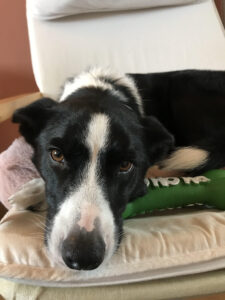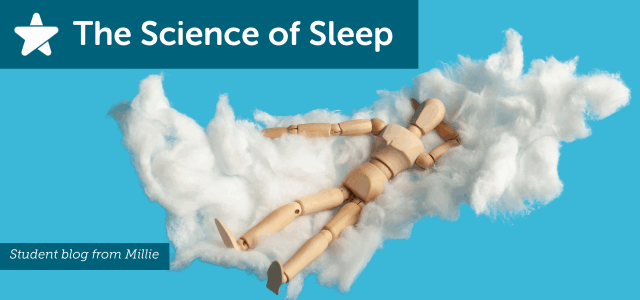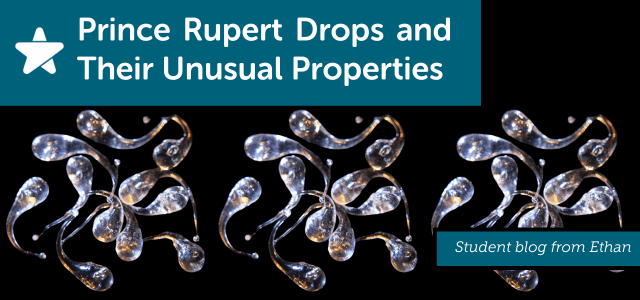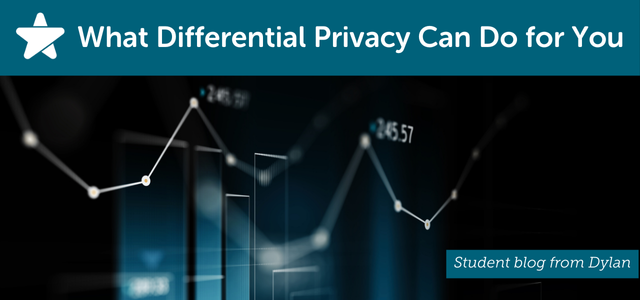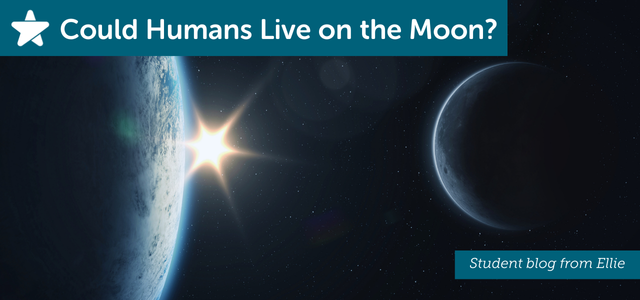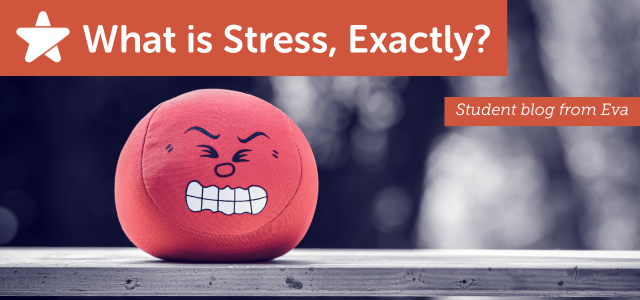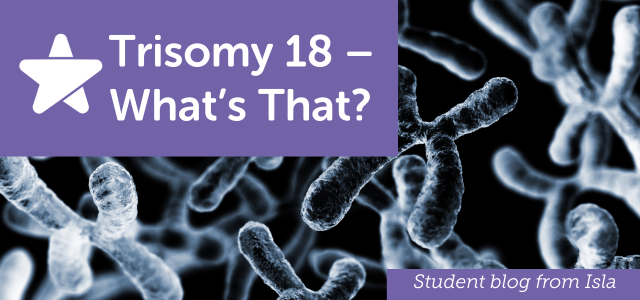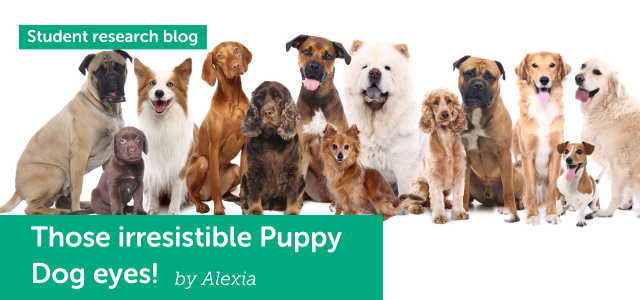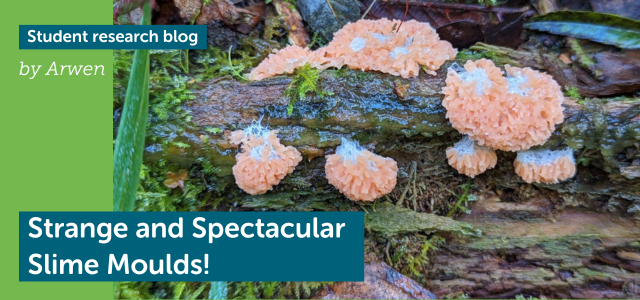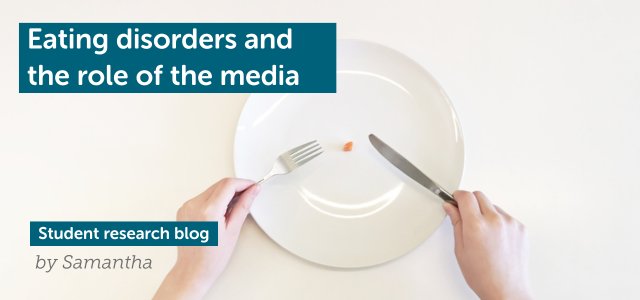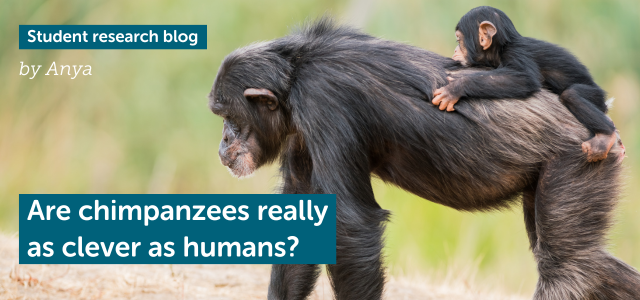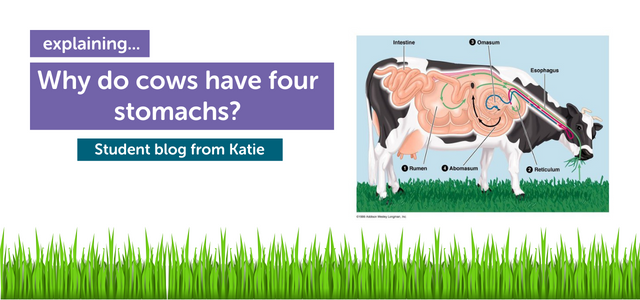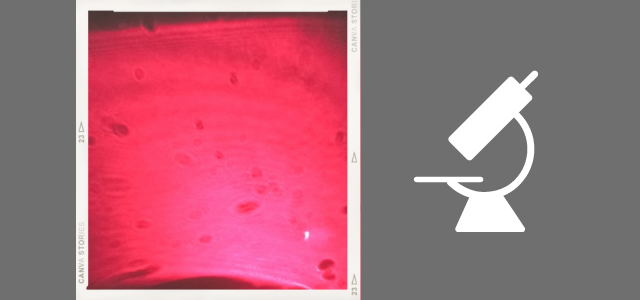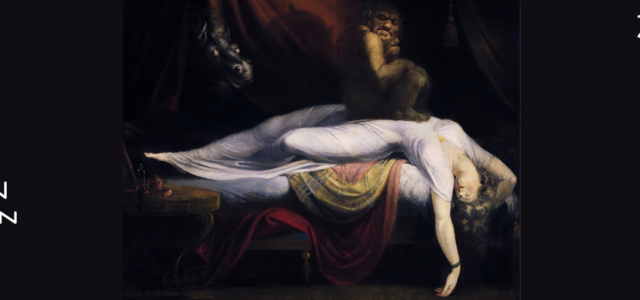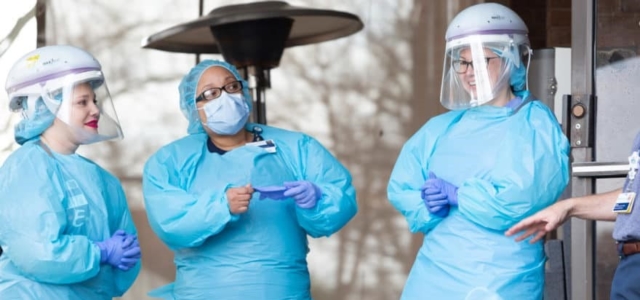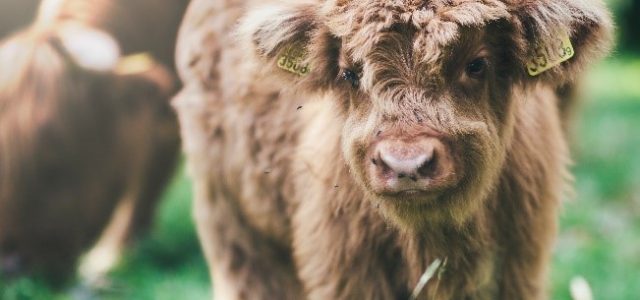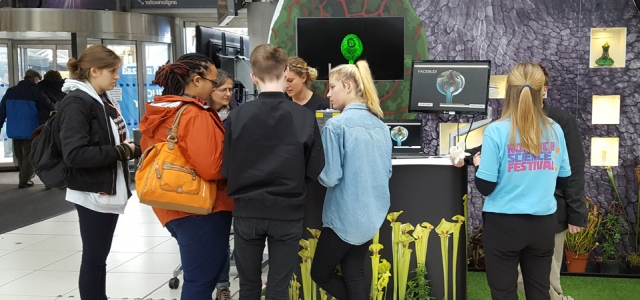Read on to discover the secret behind those captivating puppy dog eyes and how thousands of years of friendship have shaped the way we fall head over heels for our furry friends!
Man’s best friend. There isn’t another creature more loved and accepted in our society than dogs.
Our canine companions are the best of both worlds and no matter how many times they rip up your best leather shoes, break your new flower vase or leave a little ‘surprise’ on your wool carpet, we always manage to forgive our best friend. I have been wondering, why do we do that?
Even when we’ve promised not to give our little pet scraps from the dinner table, just one peek at their innocent and pleading faces sends us into a state of turmoil, and in the end, their angelic pleading eyes are too much to resist and they are fed strips of chicken to their heart’s content.
To fully understand why it’s so hard to resist our dogs and their irresistible puppy eyes, we must go back to the evolution of our canine companions to the wild ancestral wolves.
Back over 30,000 years ago, dogs were the first species to be domesticated, even before livestock or crops.
There are two main theories as to how the evolution of dogs from wolves happened. The first hypothesis is that humans collected wolf pups from their dens, breeding and raising them until they were more familiarised with humans, who then continued to selectively breed the wolves which had favoured traits, such as how friendly they were.
The second hypothesis, which in some way quite similar, is that the wolves domesticated themselves. Wolves who were less anxious or aggressive went to scavenge near human camps for food. They learned to avoid harming humans to be more successful at gaining scraps. Friendlier dogs may have settled with the human tribes, protecting their own dens and pups, and consequently guarding the human tribes. According to this hypothesis, a mutually beneficial relationship developed, and later on, humans started to rely on the animals, using them to hunt, guard, and carry useful supplies.
Now, you might be wondering, what has the evolution of wolves got anything to do with your dog’s puppy dog eyes?
There are many factors contributing to your dog’s charming persuasion, and it’s not just the eyes. Believe it or not, dogs actually evolved to have muscles around their eyes that their ancestor, the Gray Wolf didn’t have before. The levator anguli oculi medialis (LAOM) muscles are above the eye and towards the nose. these are what allows your pup to raise their eyebrows and give you the ‘sad look’. A study has shown that while wolves only had a small set of LAOM fibres, they are highly developed in dogs. These thin, see-through muscles, allow your mutt to produce a similar expression to that which humans make when they are sad, giving a child-like appearance and in turn, making you want to care for them more. Another muscle, the retractor anguli oculi lateralis (RAOL), pulls the outer corner of the eye back towards the ears, these are likewise, thinner in wolves than dogs (except for huskies who have an ancient lineage with wolves). And the reason for this? A study in 2013 found that shelter dogs with ‘puppy dog’ eyes or had more ‘expressions’ were adopted faster. Humans, had managed to selectively breed dogs with more eyebrow muscles or ‘expressions’ due to an unconscious preference.
Besides just the evolution of ‘eyebrow muscles’, humans have unconsciously caused the evolution of other behaviour adaptations in our pets. Dogs have in fact been ‘taught’ to stare back at a human. The mutual gazing and eye contact between an owner and their pooch has been shown to release oxytocin, a ‘love’ hormone, while wolves rarely give a second glance to their trainers. Researchers believe that by looking straight into your eyes, your fur baby is not just trying to communicate with you, but is readily asking for help. Something which sets your reliant pup apart from an independent wolf. A team of animal science specialists at the Teikyo University of Science, working with a colleague from Showa University in Japan, found out that canine eye colour may also, in fact, have been influenced by humans. The researchers compared photos of wolves and their domestic counterparts, the coloured irises of most dogs were, in some cases, significantly darker than the wolves. “I speculate that lighter irises have some evolutionary advantage for wolves, but domestication has lost this selective pressure and darker eyes have emerged in some primitive dogs,” said Akitsugu Konno, the lead researcher on the project (from Teikyo University of Science). Another study explored how human volunteers would rate a dogs personality based on their picture, and compared how much they would like to interact with or keep the dog. Darker-eyed dogs were unconsciously favoured by humans and described as friendlier. A possibility is that darker irises made it harder to see the pupil size or overall size of the pupil, as mentioned by Konno, “We speculate that a darker iris makes it more difficult to distinguish the size of the pupil and thus gives the illusion of a large pupil, which is associated with our perception of being more infant-like,” Konno said.
So, next time you find it hard to stay mad at your four-legged friend, stand firm against those big innocent puppy eyes or endure the pains of not feeding your furry pal just a few more treats! Just know, that you’re not the only one resisting the urge to give your canine companion a little tidbit, and the one truly at fault? Should really be pointed at the evolution of human selective breeding, and those irresistible puppy dog eyes that are the real reason why Fido’s getting a bit chubby these days.
Sources:


